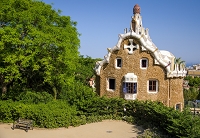
Sample Itinerary
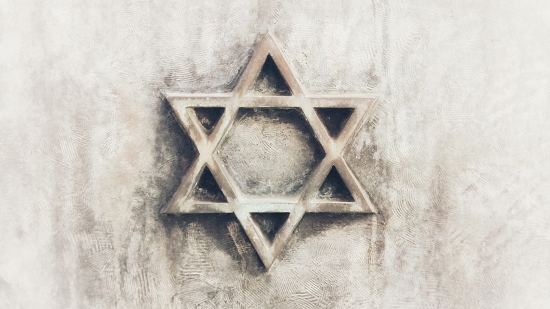
Jewish Heritage in the Iberian Peninsula
Travel back in time and retrace the steps of Jewish residents in these ancient Portuguese and Spanish communities.A minimum of 9 days.
Arrival in Lisbon:
Perched on the edge of the Atlantic Ocean, Portugal's capital city enchants travelers with its white-bleached limestone buildings, intimate alleyways, and an easy-going charm. Visit the remarkable Jerónimos Monastery, a notable 16th century work of architecture that has become an integral part of Portuguese culture and identity.
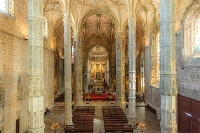
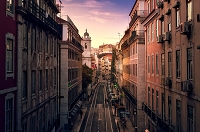
Lisbon to Tomar:
Travel to this small, historic town in Central Portugal where the Jews founded a colony after being expelled from Spain. The Synagogue of Tomar, built in the 15th century, is situated in the middle of the Jewish Quarter. Located in the old Synagogue is the Abraão Zacuto Museum. The museum, named after the famous scholar, proudly exhibits its historical testimony of the Jewish presence in Portugal.
Tomar to Cáceres via Castelo de Vide:
Stop in Castelo de Vide and visit the former synagogue located at the crossroads between Rua da Judieria and Rua da Fonte. Explore, and take in the architecture of the Jewish Quarter before traveling into Cáceres. This ancient city played a key role in the migration of the Jewish to Portugal after their expulsion from Spain.
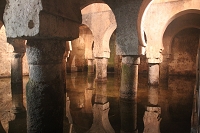
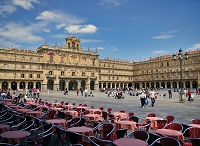
Cáceres to Toledo:
The trip from the New Jewish Quarter to the other side of Plaza Mayor gives visitors the chance to follow the medieval traces of its Hebrew residents. Then travel to Toledo, known in the Middle Ages as the "city of three cultures." It is a place where Christian, Muslim and Jewish communities peacefully co-existed.
Toledo to Madrid:
In Toledo, visit the Sinagoga Santa María la Blanca. Since being converted to a church in the early 15th century, the synagogue of "St. Mary the White" has been beautifully restored and opened to the public as a museum. Then travel to the Sinagoga del Tránsito, the only synagogue of the 14th century, before taking in the collections at the Sephardic Museum. Its exhibits all relate to the origin, rites and way of life in Jewish Spain.
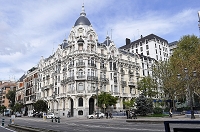
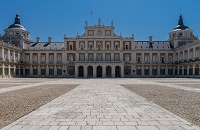
Madrid:
The capital and largest city of Spain is known for its great cultural and artistic heritage. Visit the Royal Palace before traveling to the Prado Museum, Madrid's top cultural site and one of the world's greatest art galleries. The museum displays some of the most important works from Diego Velázquez, who often hid Jewish symbols, letters and phrases in his paintings.
Madrid to Barcelona via Zaragoza:
Stop in Zaragoza to see the stunning legacy of monuments that represent the Roman, Moorish, Jewish and Christian communities who left their mark on the city before traveling on to Barcelona. Though it was never the largest Jewish center in Spain, Barcelona figured prominently in Spanish Jewish history. Its medieval Jewish legacy has not been lost in contemporary times and today the Jewish community of Barcelona is served by several synagogues.
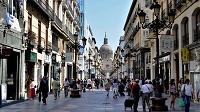
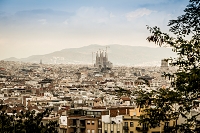
Barcelona:
Stroll through Barcelona's Jewish Quarter and take in the ancient landmarks and fascinating traditions of one of the city's earliest neighborhoods. Learn about the importance of the Jews to the city's development and history and see the home of Rabbi Shlomo ben Aderet before stopping by the ancient synagogue of Barcelona. It's one of Europe's oldest synagogues.
Excursion to Girona:
Northern Catalonia's largest city may be known for its museums and Gothic churches, but it also features traces of a Jewish community that flourished before the expulsion of 1492. It is home to the Mikvah of Besalu - the ritual bathing space was discovered by chance in 1964 during excavations in the area. Take in the site before visiting the Museu Dels Jueus, where their goal is to preserve and disseminate the history of the Jewish communities of Catalonia.
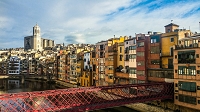
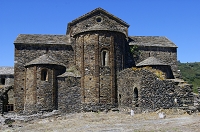
Excursion to Figueres:
Figueres is not only the capital of Alt Empordà, but also the world capital of surrealism. Visit the Teatre-Museu Dalí, which contains the largest collection of the artist's works. It was built, on his instructions, at the site of the city's former theater and today it is a surrealist work of art in its own right. Make sure to visit the permanent exhibition, Dalí Jewels.
Barcelona:
Tour Barcelona's Park Güell, an attempted housing estate located in a natural setting in the old village of Gràcia that has since become Barcelona's most unusual public park. Then visit the "Torre Rosa" house that architect Gaudí lived in as a child. After being purchased by the Amis de Gaudí, it was turned into a museum dedicated to his life. Within, visitors can admire some of Gaudí's work in furniture design, sketches and decorative elements.
